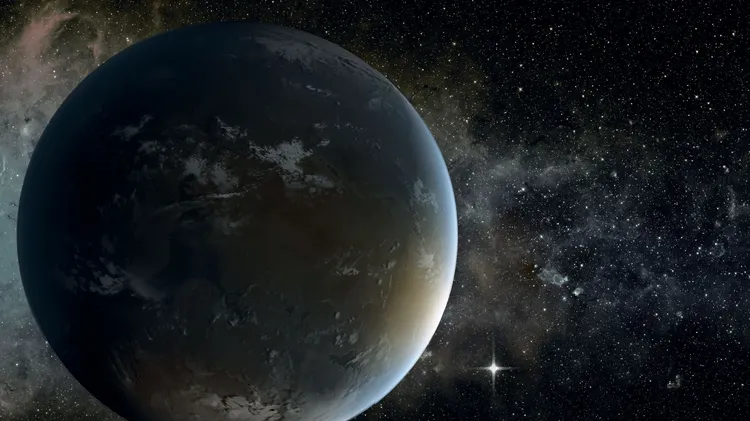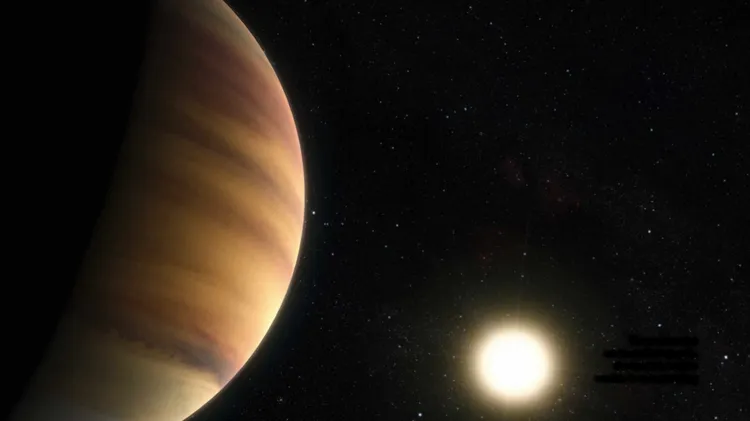Approaching a quarter century in orbit, the International Space Station is neare
After the iss
8 min read
This article is from...
Read this article and 8000+ more magazines and newspapers on Readly






